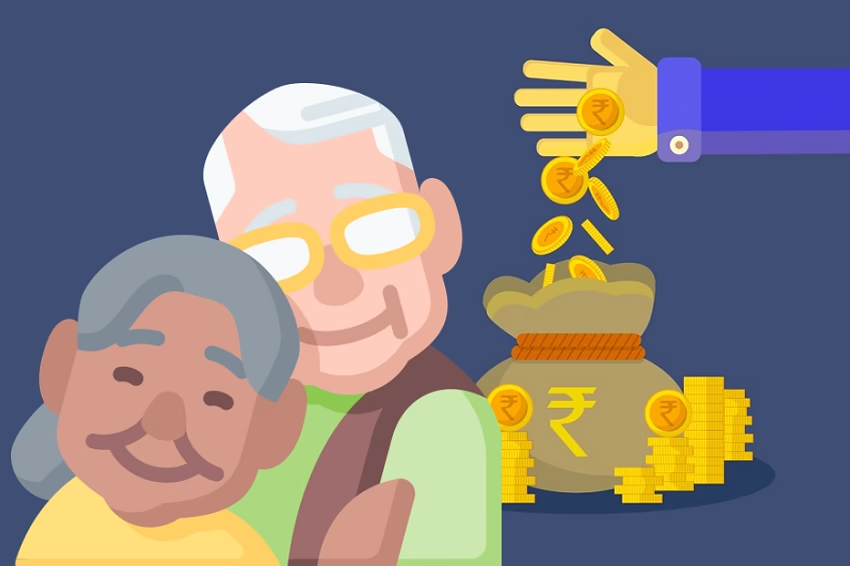The novel coronavirus, SARS-CoV-2, and COVID-19, has impacted all parts of our lives across this country and the globe. As we grapple with how to slow down the spread of the disease and balance people’s various needs and protecting public health, the ripple effect of stay-at-home orders and other restrictions can be seen in numerous parts of our lives.
One aspect of our lives that it affects is the auto insurance industry. When it comes to the auto insurance industry, insurers wonder how the current situation will affect long-term profits. Customers, on the other hand, are interested in what will change in terms of policy costs. If profits and premiums are affected, how long will that change last? Do we see a temporary adjustment of the market to current conditions, or will COVID-19 cause a permanent shift in the auto insurance business? Read more to find out what could possibly change.
Profits and Public Relations
Since the pandemic, fewer claims and higher earnings for auto insurers have come forth from fewer drivers due to the shelter-in-place initiative. Additionally, many auto insurance companies react with refunds, discounts, and added coverages in order to keep customers interested as well as to keep up with their public image. These efforts combined have added up to an estimated $10.5 billion.
Most of the major auto insurers have jumped on board to engage in this kind of action to encourage positive customer relations and retain as much of the market share as possible. The consumer benefits are so popular that motorists are encouraged to shop around to obtain better auto insurance premiums and deals.
- State Farm gave policyholders an approximate 25% credits on premiums between March 20 and May 31, amounting to $2 billion;
- Chubb Auto Insurance offered a 35% premium reduction for April and May and additional discounts over subsequent months;
- Allstate and Liberty Mutual offered refunds of 15% on premiums;
- Berkshire Hathaway Inc.’s GEICO is giving a 15% credit on renewals made between April and October;
- American Family Insurance gave customers a one-time $50 refund per covered vehicle;
- Farmers Insurance and its subsidiary, 21st Century Insurance, reduced April premiums by 25%;
- USAA gave a 20% credit on two months of insurance; and
- Progressive Insurance rolled out a 20% credit on April and May premiums.
In addition to the benefits described above, there have also been setbacks. For instance, auto insurance companies may have also seen losses due to people discontinuing their insurance policies. With unemployment rates soaring and certain industries unable to operate, some drivers aren’t able to keep up payments on auto loans, leases, or insurance. The extent to which economic hardships have impacted the consumer to maintain auto insurance also depends on the state determining whether any leniency regulations have been issued, such as holds on non-renewals for nonpayment.
Finally, it remains to be seen how long the current situation will continue. How long will this pandemic last? How greatly will it affect us? Short-term benefits to consumers and potentially increased profits may not last long as states all across the country open back up to encourage economic activity.
However, many experts predict that subsequent waves of infection will occur, possibly necessitating the return of shutdowns and the driving conditions seen in March and April. Additionally, some workers may continue to work from home even as conditions return to normal. The magnitude of this segment of the workforce is not yet known.
Car Crash Rates and Severity
With fewer cars on our roadways, the exposure to accident risk has gone down. However, when it comes to car accidents, it is important to not only look at the number of accidents, but also the severity of those accidents. In technical terms, that means looking at the collision rate for drivers and the fatality rates incorporating mileage or number of collisions.
Below are several statistics listed that illustrate this very notion. While collision rates are going down (often expressed as the total number of collisions or the number of collisions per miles driven) and the raw number of fatalities has also decreased, the evidence shows that the fatality rate per collision or per mileage driven has gone up significantly:
- Austin – slight dip in collisions but rise in traffic injuries
- Boston – the ratio of fatal crashes to all collision rose 65% in April 2020 compared to April 2019
- Chicago – the ratio of fatal crashes to all collision rose 292% in April 2020 compared to April 2019
- New York City – the ratio of fatal crashes to all collisions rose 167% in April 2020 compared to April 2019
- Massachusetts – collisions decreased by 73%, but fatalities decreased by only 38%, there was an increase in the rate of fatalities per collisions
- Minnesota – both car crashes and crash fatalities more than doubled
- Overall, the National Safety Council’s data demonstrates the following for April 2020 compared to April 2019: Number of miles driven – 39.8% decrease
- Number of deaths – 18% decrease
- Mileage death rate – 36.6% increase
- Mileage death rate per 100 million vehicle miles driven – 1.47 (as compared to 1.08 in 2019)
Why exactly are fatality rates per collision or per mileage driven increasing? It can all be explained due to the fact that with less traffic, drivers engage in riskier behavior, such as speeding. Emptier roads leads to more driving freedom, and this can be seen in major cities. For example, Los Angeles drivers speeding went up as much as 30% on some roads. With an increase in speeding, there is a higher likelihood that car accidents will result in casualties.
Furthermore, the risk of fatality is not limited to drivers. Since the pandemic, people have been spending more time participating in outdoor activities. Pedestrians and bicyclists need to remain aware of the risk of being injured or killed by a reckless driver. If a reckless driver injures an individual, they can file a claim with the at-fault’s insurance or their own car insurance company and may receive compensation for medical expenses.
About the Author
Graham Sutliff is the co-founder of Sutliff & Stout, Injury & Accident Law Firm. Graham is Board Certified in Personal Injury Trial Law, and he has been actively trying personal injury cases for over fifteen years.






